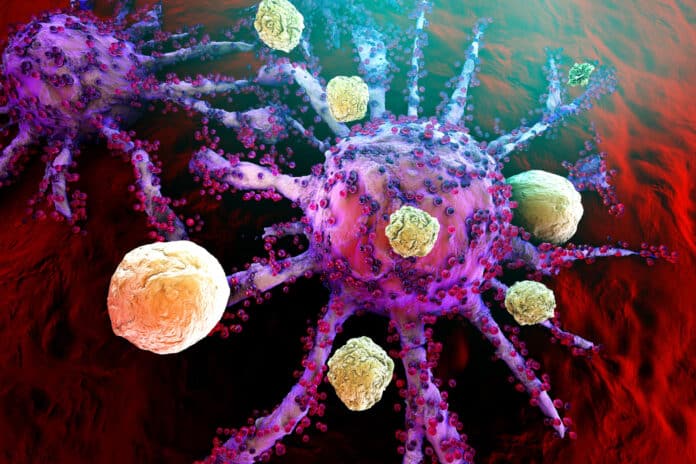Viral attacks are frequently suicide missions, ripping apart the host cell on which the virus depends. The attack can only be successful if enough other healthy cells are around for the newly developing viruses to infect. If the virus’s assault of viral particles strikes nothing, it will die. It doesn’t die because viruses aren’t living, but it stops working.
The fundamental problem for viruses is determining when to go from chill mode to kill mode. Four years ago, Princeton University biologist Bonnie Bassler and her Ph.D. student Justin Silpe discovered that one virus has a significant advantage: it can listen in on the bacterial conversation. They found that dozens of viruses respond to bacteria’s quorum sensing or other chemical signals.
Bassler, Princeton’s Squibb Professor in Molecular Biology and the molecular biology department chair said, “The world is loaded with viruses that can surveil appropriate host information. We don’t know what all the stimuli are, but we showed in this paper that this is a common mechanism.”
They demonstrated the strategy’s abundance and identified ways to control it and transmit messages to viruses telling them to switch from chill to kill mode.
Bacteriophages (phages) are viruses that assault bacterial cells by landing on their surfaces and delivering their genes inside the cell. More than one type of phage can infect a bacterium simultaneously as long as they’re all in a state known as lysogeny. Polylysogeny occurs when many phages freeze in the same bacteria. The phages can live in poly lysogeny, allowing the cell to replicate as healthy cells.
The infiltrating phages are mutually guaranteed annihilation, and the shaky truce lasts until one or more phages switch to kill mode. Scientists studying phage warfare have known for a long time that a significant disruption in the system can send all of the resident phages into kill mode. However, Bassler’s team was different.
Grace Johnson, a postdoctoral research associate in Bassler’s lab, observed individual bacterial cells infected with two phages as they were flooded with one of these universal kill signals. Both phages pounced, tearing the host cell. Johnson tagged the genes of each phage with specific fluorescent tags that glow in different colors depending on which phage was reproducing.
Bassler said, “No one ever imagined that there would be three subpopulations.”
The researchers discovered no clear winner and that the phages were only sometimes the fastest. This underscores the complexities of viral warfare and the necessity for effective measures to protect host cells from additional damage.
Johnson said, “That was a really exciting day. I could see the different cells undertaking all the possible phage production combinations — inducing one of the phages, inducing another, inducing both. And some of the cells were not inducing either of the phages.”
Silpe, a postdoctoral research associate at Bassler’s lab, led the discovery of the triggers for phage-phage warfare. Silpe designed a specific artificial chemical trigger for each phage, and Grace Beggs contributed to molecular analyses. Only the phage that responded to the artificial stimulus replicated in all cells when exposed to poly lysogenic cells, while the other remained in chill mode. This was the first time phage-phage warfare was seen in a single cell, a feat not previously thought possible.
He said. “I don’t think anybody even thought to ask a question about how phage-phage warfare plays out in a single cell. They didn’t think they could until Grace J. and Justin did their experiment; bacteria are tiny. It’s hard to image even individual bacteria, and it’s hard to image phage genes inside individual bacteria. We’re talking smaller than small.”
The researchers used fluorescence in situ hybridization (FISH) to reveal the secrets of eavesdropping phages. The majority of bacteria have multiple phages chilling inside them. However, they have yet to be able to manipulate and image them like these two postdocs. The researchers discovered the functions of a few phage genes, which enable the chill-kill switch and dictate which phage wins during phage-phage warfare.
This discovery suggests there are even more exciting processes to find. Phages started the molecular biology era 70 years ago and are now used as therapies and as a repository of molecular tricks deployed through evolutionary time.
Journal Reference:
- Silpe, J.E., Duddy, O.P., Johnson, G.E. et al. Small protein modules dictate prophage fates during poly lysogeny. Nature. DOI: 10.1038/s41586-023-06376-y
